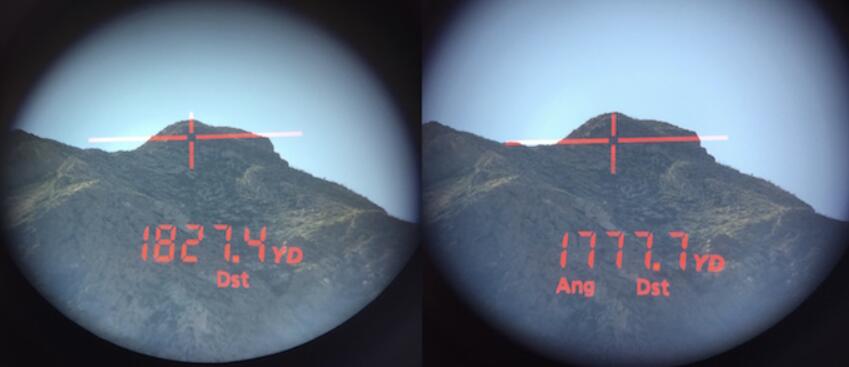Sometimes the biggest challenge you face is knowing exactly how far away an object is. Rangefinders allow us to find that out quickly and easily. Let’s take a quick look at three common uses for rangefinders and discuss the features you should look for.
First, lets take a minute to discuss how most rangefinders work. It transmits a high-powered laser beam at the object, waits for the reflection to return, and then calculates the distance based upon time. As you can imagine, that means there is someone serious calculations happening inside your rangefinder.
Rangefinders In Golf
Golf is one sport where rangefinders have become commonplace. Imagine how much easier it would be to pick the perfect golf club if you knew precisely how far away the pin is. You would not stand there staring at the green trying to guess the distance, you would know. Yard markers on golf courses help, but when was the last time your ball landed beside a marker so you knew the exact distance.
We need to make a quick point. Rangefinders are allowed for most amateur play, but is not allowed on the PGA tour. If you play in amateur tournaments, you should verify you can use your range finder before the tournament begins. However, you must know that not all the rangefinders can be used in tournament play, that is why you need to make clear of rules in each games, for this, you will need the site https://rangefinderspro.com/.
What features should a golfer look for?
Make sure the range finder works for the distances you want. Most popular units are accurate within 1 yard up to 300 yards from the hole. Some units work at even greater distances, but usually with less accuracy.
Check to see if the rangefinder measures for rise or drops in elevation. The best range finders for golf provide a calculated distance to the hole which takes the change in elevation into account. This helps you choose the right club. We all know 200 yards going up hill is a lot farther than 200 yards going down hill.
Magnification is another important feature. You will be looking through the eyepiece to aim your rangefinder. You want to see your target clearly so you can make sure the laser hits it.
Weatherproof – Yes, it is doubtful you plan to play in the rain, but we all know golfers get rained on every day. Make sure it is waterproof so it lasts.
Rangefinders for Hunters
Most of the features we mentioned for golfers apply to you, too. But what needs to change?
Let me ask you this. How far will your rifle shoot accurately? It is a lot farther than Tiger Woods could ever dream of driving a golf ball.
Distance is critical in a rangefinder for hunters. You want to know exactly how far away that tree is beside a deer, even if it is 1000 yards. You will want to look at a range finder that work at greater distances. You probably want to start with one that works at 1000 yards, but should consider even stronger options. Some hunting range finders work up to 3000 yards.
Distance is a two-fold factor on the range finder. Just because the laser works at 1000 yards does not mean you can see that far. Make sure the magnification works properly for the ranges you will be working with. You may want to switch from a single eye range finder to one that uses binoculars.
Wind Detection – We did not mention this one in our golf discussion, but it can be critical to both golfers and hunters. Some range finders can detect wind speed and help you adjust your shot based upon the wind. Imagine how much more accurate your shot will be if you know not only how far your bullet will drop but how far it will be moved by the wind.
We mentioned elevation detection, but it is even more important for a hunter. If you miss by a few inches, you may just injure an animal instead of stopping it.
Rangefinders At Work
This is one area few people discuss. Picture a real estate investor going out into a farmers field where he hopes to purchase land for a new development. He wants to get an idea of exactly where the property begins and ends. A range finder helps him get a close estimate before surveyors do their work.
Rangefinders are useful for construction companies, too. They can use the rangefinder to determine distances and changes in elevation so they can plan out their work days. They may have drawings provided by surveyors and engineers, but the range finder allows them to quickly interpret those drawing while standing in the real world.
You can find rangefinders for all of our purposes starting under $200 and well over $1000 for high-powered units. With a range finder you can know exactly where you stand on the golf course, or out on your hunt, to improve the accuracy of your shot.
